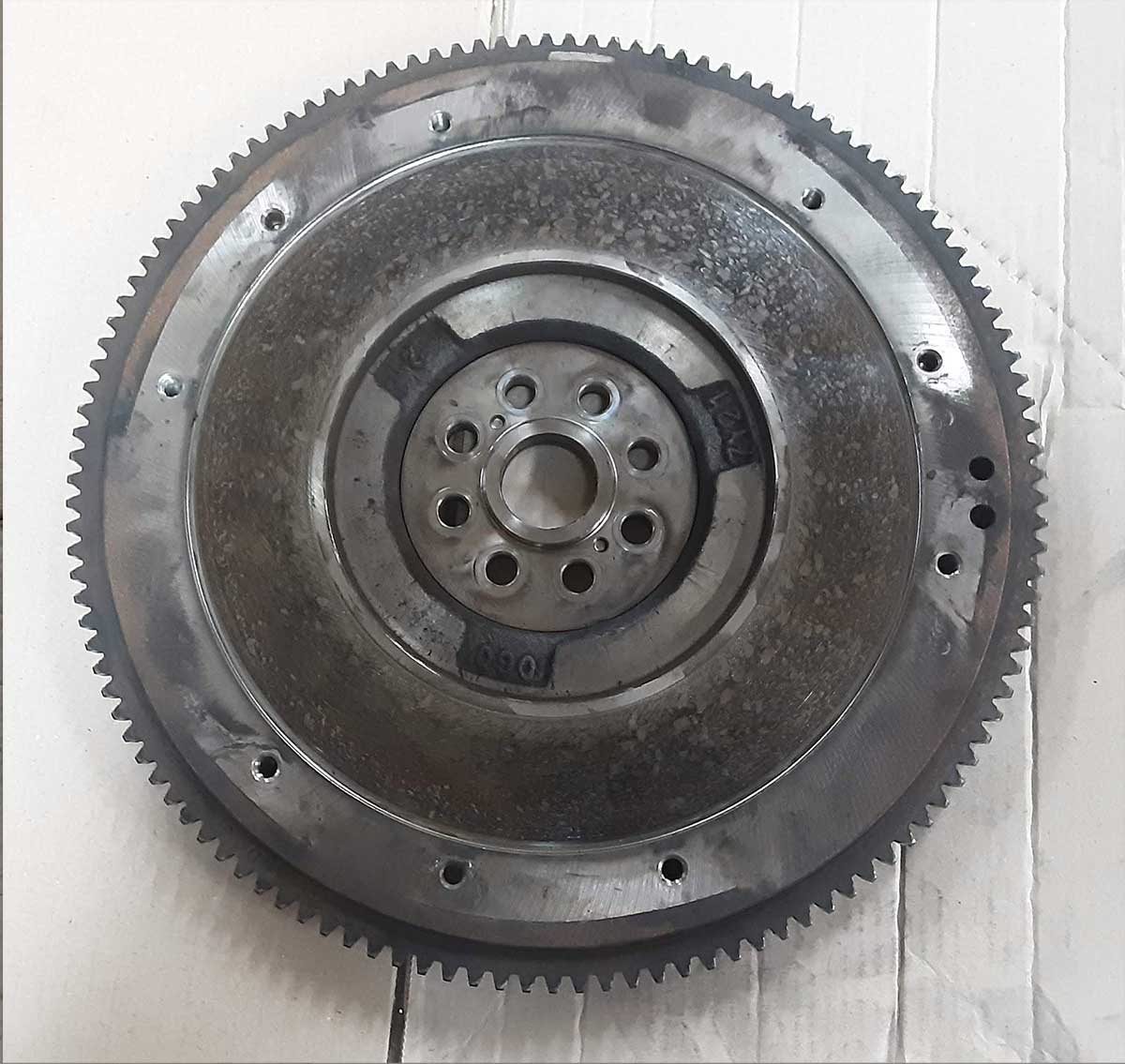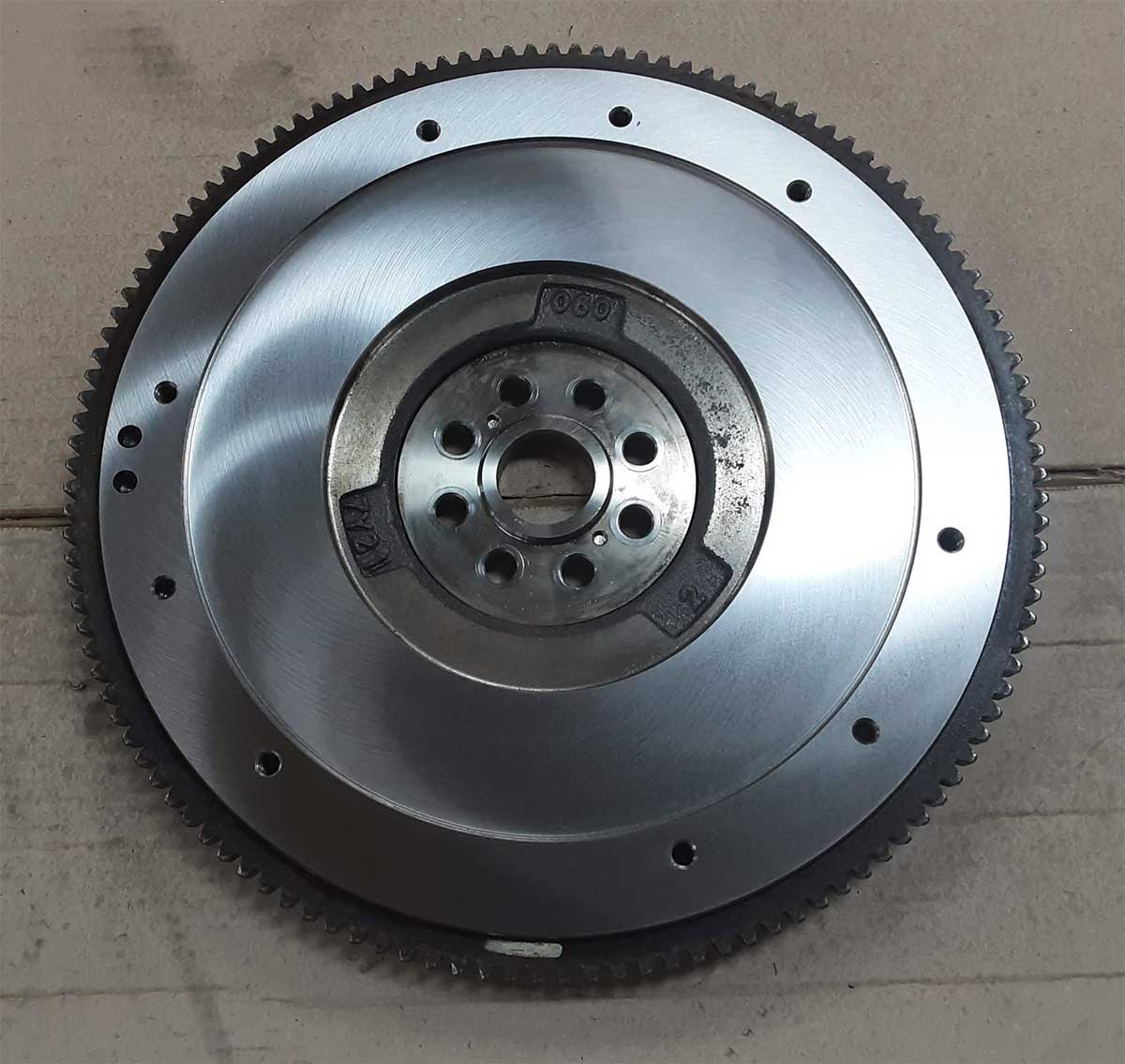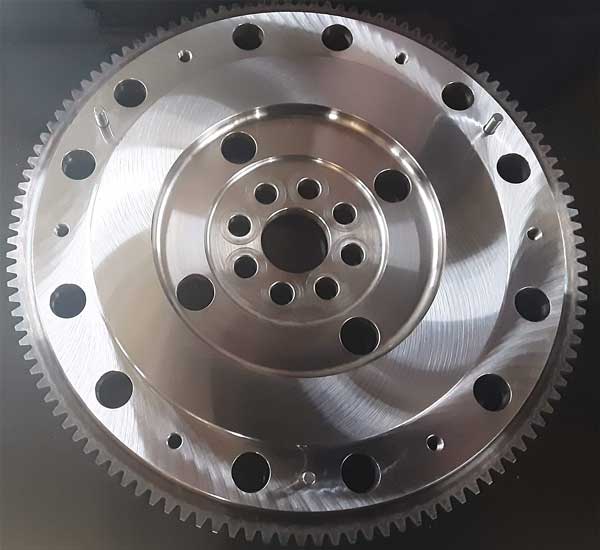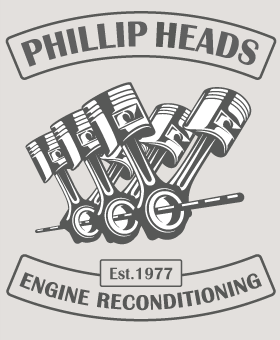Flywheel Machining
Every vehicle with a manual transmission has a device called a flywheel. Flywheels are heavy, balanced metal disks attached to the back of the engine, storing rotational energy and integrating with the vehicle’s clutch. Flywheels have a friction surface for the clutch and teeth to engage with the starter motor.
The flywheel of a car plays a crucial role in the vehicle’s operation. It is responsible for storing the rotational energy generated by the engine’s power stroke and releasing it during the compression stroke. Over time, the surface of the flywheel can become worn, uneven, or damaged, resulting in a decrease in engine performance, vibration, and noise. Machining the flywheel solves these problems and can restore it to its original condition.
Flywheels also help keep your engine running smoothly even when torque varies during gear changes. Without the momentum of the flywheel, the engine would likely stall when engaging the clutch. This is because the engine speed would drop too quick without the angular momentum of the flywheel.
Both the flywheel and the pressure plate of the clutch have surfaces that are designed to engage through friction. If you are going to the expense of replacing your clutch, it is essential to check the flywheel and get it machined depending on if it is damaged. The cost of flywheel machining is not high, so most of the time, it is worth doing.
Note: most clutch manufacturers void your warranty if you don’t have your flywheel machined.


Some symptoms of flywheel and/or clutch problems are:
Clutch chatter – This is the vibration of the clutch. If you are experiencing a lot of vibration through the clutch pedal, your flywheel may be damaged. This can be caused by driving too long on a clutch that needs replacing. The excessive heat can damage the surface of the flywheel and even warp it. If you wear your clutch down to the rivets, it will damage the flywheel. If your clutch is down to the rivets, you will hear it.
Burning odour – A burning smell can be attributed to many causes. A bad flywheel and/or clutch can be a source of this smell. Seek professional advice if this occurs.
Slipping gears – Gear slipping occurs when shifting to a new gear; the engine speed (RPM) increases faster than your speed, and you may have a clutch and/or flywheel problem. If you allow this to persist, you can cause significant damage to your clutch and flywheel.
Cannot change gears – If you can’t change gears, the flywheel is usually in bad shape. It can also mean the clutch and other transmission parts are damaged.
Engine Vibrations – An unbalanced flywheel can vibrate the whole powertrain even with the clutch engaged. This can occur when bolts are not torqued to the correct specifications or when required; a thread locker is not used. A loose or disintegrating flywheel contains a great deal of momentum and is extremely dangerous if it comes loose when driving. Best to leave it to the experts.
Trouble starting the engine – When starting your car, the starter motor engages with the teeth on the flywheel. Usually, the gears on the starter motor will fail first; however, it can damage the teeth on the flywheel. This usually requires the flywheel to be replaced.
Machining a flywheel.
Machining a car’s flywheel involves several steps, and it is essential to follow them carefully to ensure the best results. The first step is to remove the flywheel from the car’s engine. This process usually involves disconnecting the clutch assembly and other components attached to the flywheel. It is essential to take note of the order in which the parts are removed to ensure they are reinstalled correctly.
Once the flywheel has been removed, it needs to be cleaned thoroughly. This process involves removing any dirt, grease, or oil that may be present on the surface of the flywheel. A clean flywheel is essential for achieving a good surface finish during machining.
The next step is to mount the flywheel onto a lathe. A lathe is a machine tool that rotates the flywheel, while a cutting tool removes a thin layer of material from the surface. This process is known as flywheel resurfacing or flywheel turning. The goal of resurfacing the flywheel is to create a smooth and even surface perpendicular to the rotation axis. The depth of the cut is typically determined by the extent of the surface damage or wear.
After the flywheel has been resurfaced, it needs to be balanced. An unbalanced flywheel can cause excessive vibration and stress on the engine, resulting in premature wear and damage. Balancing the flywheel involves placing the flywheel on a balancer and checking.


